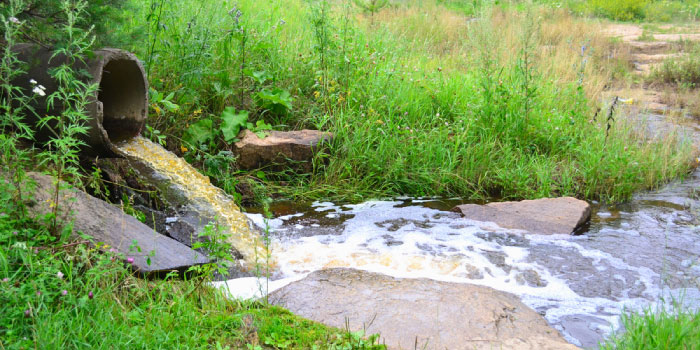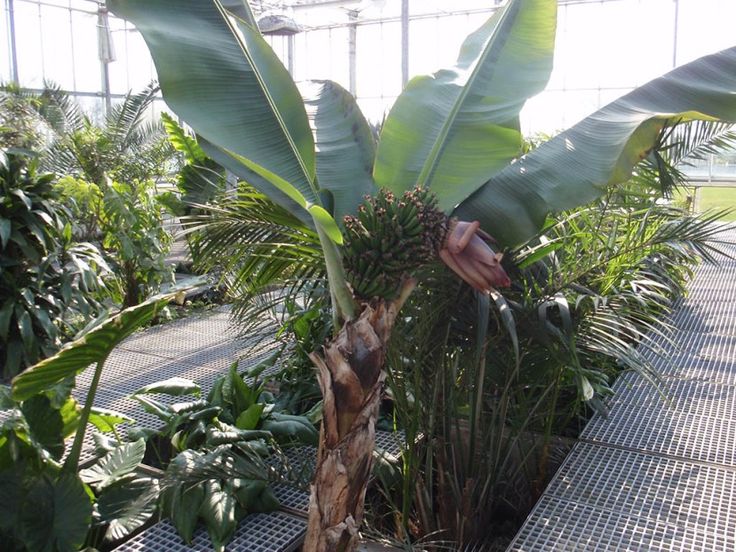Posted on August 4, 2015
By Remy Blanc, Vice President of Process & Product Development at Organica Water
How much waste is in wastewater?
When most people think of wastewater, they think of a dirty, smelly, yucky liquid. So here’s a trick question for you: Out of that wastewater, how much is waste, and how much is water? Most people would say – “30%-40% waste, 60%, 70% water” – which is sort of what comes to mind if you think of a flushed toilet (pardon the graphics). The truth, though, is very different. On average, wastewater contains less than 0.5% waste, and over 99.5% water.
There is far, far more “water” in wastewater than “waste”, yet that 0.5% is enough to taint, literally, the 99.5% water.
The reason for this is that for hundreds of years, water has been used as a cheap, universally available, versatile method for transporting waste: if you think about it, water is a “universal conveyor belt”, running from every sink, toilet, washing machine, or shop floor, through an ever-widening series of pipes, carrying fecal matter, dirt from our clothes, bodies, and dishes, to its final form of discharge. The pollutants are only a VERY small part of that stream – most of it is simply water, used to carry the waste away. Less than 0.5% of the contents are enough to taint the 99.5% that is simply… water (an interesting comparison could be seawater, which is unusable for most human needs, which contains 96.8% water, and 3.2% salts).
These facts have been clear to many farmers in water-scarce areas; Israel, for example, has for the past 60 years been using most of its treated wastewater in order to irrigate crops, and by now utilizes over 80% of its wastewater as a source of water for agriculture – leading the world in agricultural reuse. In fact, long before environmental issues had become fashionable, Israel was concerned with wastewater treatment – in order to be able to make up for its lack of natural water sources.
Wastewater Agriculture is Not Just Fashionable, its Safe and Economical
Over time, a clear understanding of both the merits and the challenges of using treated wastewater for agricultural reuse have become apparent. While no one really cares what water quality was used to grow the cotton which was used to produce your shirt, we would all really like to know that our cherry tomatoes and iceberg lettuce are grown in very clean, very safe water. Regulators, both local and international, take great pains to define the measures and qualities required for using of different qualities of effluent for different types of crops. Since technological means are available to provide virtually any level of purification, the question becomes one of cost – and in an area where alternative water is simply not available, this is often the only way to provide viable agriculture.
But there is also an upside to re-using treated wastewater: wastewater contains elements, notably nitrogen and phosphorus, which are vital for growing plants; when using potable water, farmers normally have to add these fertilizers (either to the soil or to the water). Treated effluent contains considerable amounts of these elements, so that when irrigating with effluent the farmer is not only saving on WATER, but also on FERTILIZER COSTS: these now come “built-in” with the water supply.
The Organica wastewater treatment process takes this concept one step further: not only can the treated effluent serve to irrigate crops, the TREATMENT PROCESS ITSELF allows plants to grow on the wastewater. These plants on the wastewater are a core component of the Organica technology as they also contribute to the treatment process itself.
Bananas growing in an Organica wastewater treatment plant!
So on one hand, the plants (or more accurately, the plant roots which grow in the biological reactors) serve to treat the wastewater; on the other hand, the wastewater – water rich in nutrients required for plant growth – irrigates the plants.
To date,the plants grown in an Organica facility have never been used as a crop, but this may change: For example, a Wastewater Treatment Utility in Budapest is decorated every week with a fresh bouquet of roses, picked directly from the biological reactors in an Organica wastewater treatment plant. Some crops, which could potentially be of value – such as coffee beans, soy beans, or cocoa – could be grown IN Organica wastewater treatment plants, directly on wastewater.



